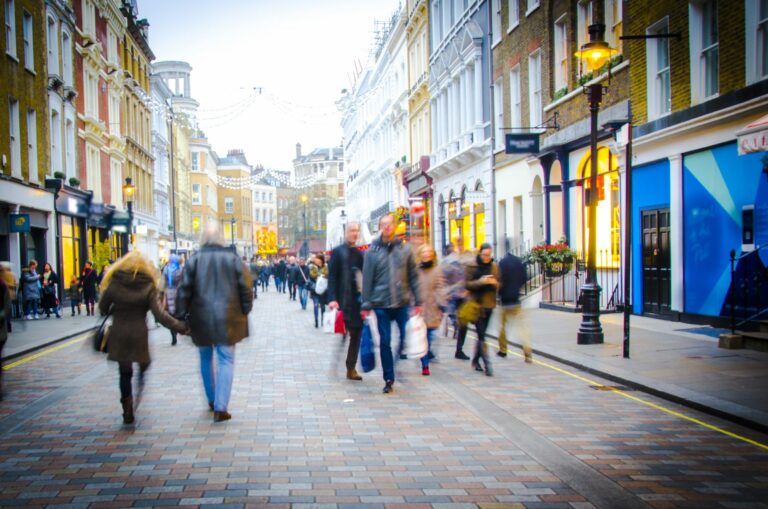Extraordinary experiences drive customer loyalty
When addressing a crowd at the World Wide Developer Conference in 1997, Steve Jobs said: “You’ve got to start with the customer experience and work back towards the technology – not the other way around.” This was four years before the first Apple store opened in Tyson’s Corner, Virginia – a move at the time that was considered risky. There are now 511 Apple stores worldwide and Apple is the second most valuable company in the world.
The world had progressed significantly since the turn of the millennium and technology has changed the way we live our everyday lives. The pandemic further accelerated the uptake of new technologies which specifically challenge face-to-face experiences, not least online retail.
Vaughn Edmunds, planner at global brand experience agency Sense, says the answer to the question ‘why should I shop instore when I can buy online’ can be answered with the same response Apple gave when it launched its first store twenty years ago: “Extraordinary experiences drive an extraordinary level of customer loyalty and advocacy.”
He believes that a brand does not have to build an entire store like Apple to improve their customer experience, it is simply a case of enhancing existing touchpoints to become more experiential, and that rather than see technology as a threat, physical experiences should use it as a reference point.
“Businesses should ask themselves what value digital provides in their field and then look to provide a different experiential value with their physical touchpoints,” says Edmunds. A physical space, therefore, should leverage anything consumers are unable to do from their sofas: the ability to move around. The way forward for retail destination is to create an active space where people can experience using all five of their senses.
Edmunds says landlords should focus on three key components when trying to improve the customer experience: the audience, the brand proposition, and the touchpoints.
Destinations should conduct research into their customer base to understand what they consider a good experience and what they want when interacting with the company’s frontline. They should consider what they uniquely stand for in their market, such as luxury retail or serving the local community. And then they should work out which touchpoints could become more experiential.
“Mapping out the frontline of a business helps to identify gaps that need improving,” he says.
As retail reopens, the balance between our physical and digital lives will eventually be restored. The challenge for destinations is ensuring the frontlines are extraordinary enough to satisfy the raised expectations of their customers.
“Apple Stores show us the size of the prize for those willing to go the extra mile. The consequences for those who provide something sub-standard is customers leaving to find something remarkable,” Edmunds adds.


